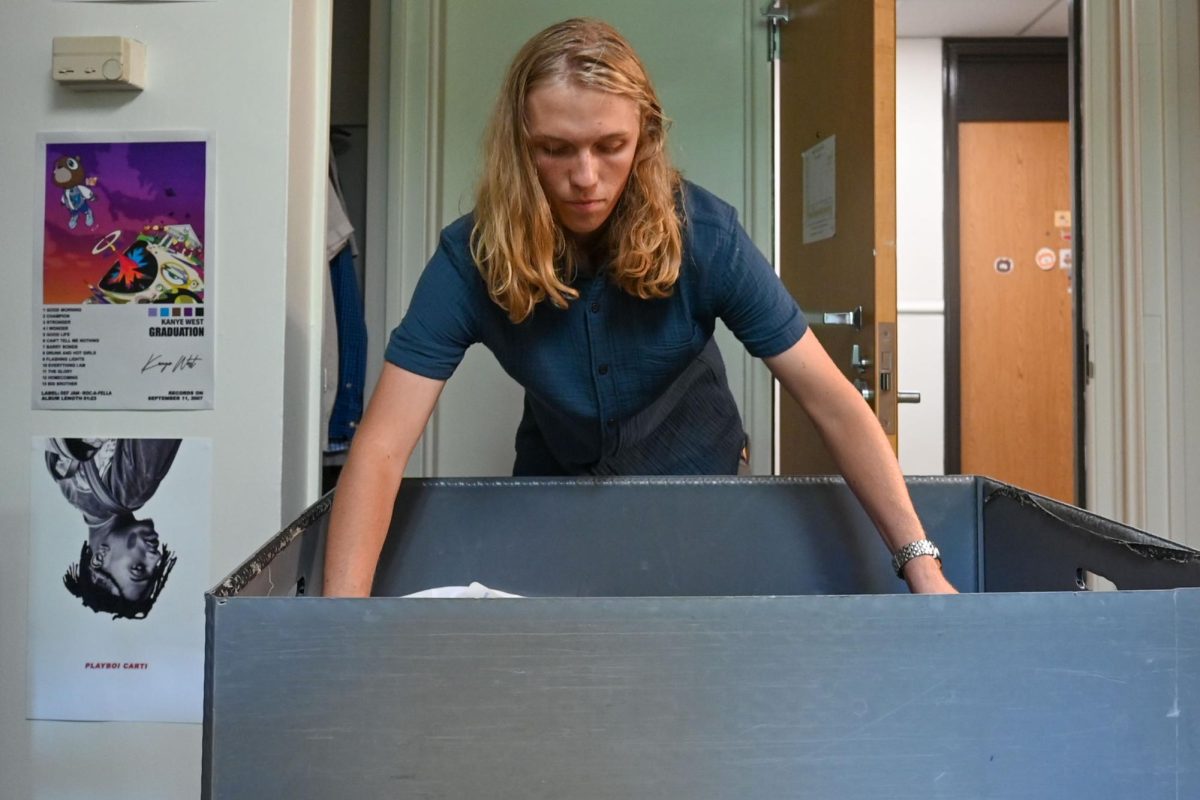Almost everyone has heard of a 401K, but many people do not know what it is. With thousands of students graduating this month and entering the work force, it is important to be knowledgeable about what will probably be your primary method of saving for retirement.
The work environment has changed drastically over the past 50 years.
Our grandparents typically worked for one company most of their career and retired from that company with a pension. Between their pension and social security, they did not have to do much retirement planning.
However, today, according to the Wake Forest Career Center, most workers will change careers four to six times during their life. Companies no longer offer pensions and the Social Security Administration predicts the system will go bankrupt around 2041, just as our generation enters retirement years. Workers today need a retirement plan they can transfer from one company to another and can give them some benefit to saving for retirement.
That plan is the 401K.
The 401K plan is named after the section of the IRS code that allows plan participants to save part of their income for retirement on a pre-tax basis. The plan allows your money to grow, tax-deferred, until you retire. You do not pay tax on the money until you withdraw it. Your 401K can be invested in anything your plan offers, but is usually invested in mutual funds.
Like anything with the IRS, there are complex rules surrounding the 401K. You cannot contribute more than $15,000 a year ($20,000 if you are over 50.) The rules also require that you begin withdrawing money at age 70 and a half. You can begin withdrawing money as early as age 59 and a half, however if you withdraw money before that age, you pay huge penalties on your withdrawals. Once you contribute to the plan, that money is pretty much locked away until you retire.
Since 401K plans are provided as part of your employer’s benefit package, most companies match a portion of your contributions. The standard for most companies is 50 percent of your contributions, up to 6 percent of your income. It is vital to your retirement savings to get the “full match” from your employer. Otherwise, you are turning down free money.
Another important tip for investing in your 401K is to enroll in the plan as soon as you start working for the company. In other words, START EARLY.
According to Money magazine, 42 percent of employees between 25 and 34 do not use their 401Ks. This is a huge mistake. The longer you wait to start saving, the longer you will be working for The Man.
You can save all the money you need for retirement in your first five years of working.
You read that correctly. In your first five working years, you can save enough money to have more than $1 million by the time you retire.
Consider this scenario.
You graduate from college and get a job earning $40,000 a year. If you contribute 20 percent of your income, or $8,000 a year, to your 401K plan for your first five years of working and then never make another contribution, you will have more than $1.1 million by the time you are 60 years old. This plan assumes that you are 22 years old when you start work and earn 10 percent on your contributions. If your employer offers a match on your contributions, like most companies do, you will have an extra $1,200 a year in savings, resulting in more than $1.3 million in retirement.
Your first few working years are the easiest time to save. Most people do not have a family yet and do not have many expenses. Saving for retirement only gets harder as you get older and have more expenses (kids’ college, mortgage, etc.), so why not do it when it is easiest?
So when you get your first job, instead of running out and leasing a new car and buying a plasma TV, keep driving your ’98 Honda Civic, watch TV on your 27″ boob tube and, most importantly, start contributing to your 401K plan.
That new car loses half its value when you drive it off the lot anyway and TVs are getting bigger, better and cheaper every day. Postponing these luxuries and saving for retirement instead will allow you to retire comfortably and not have to worry about saving for retirement your entire life.




